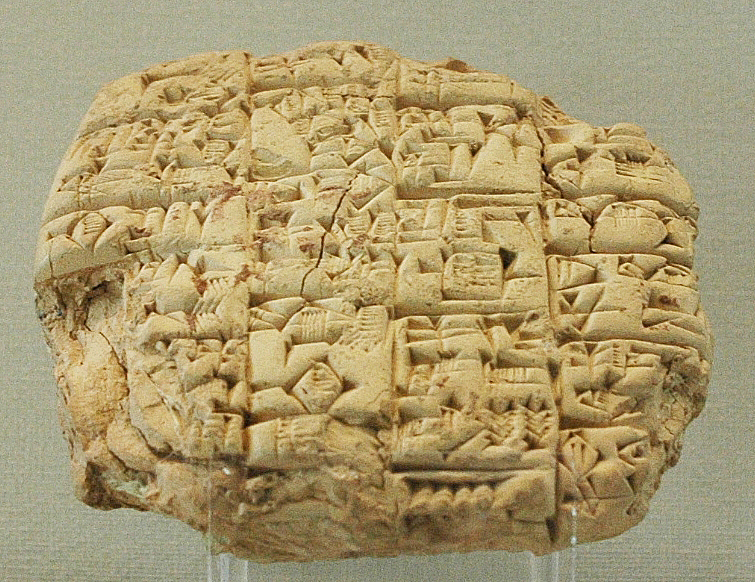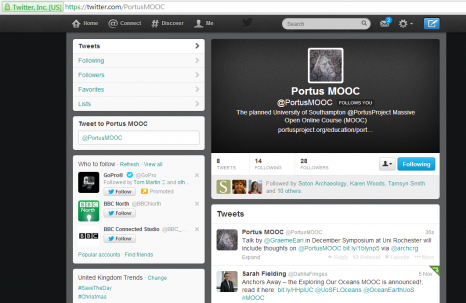Annotating RTI data in 3d and 2d
I’ve been talking to a lot people in recent months about annotation frameworks for RTI and today’s introduction to the #rodeimagingevent (see Hembo's blog post) has crystalised some of these. I was talking to @kathrynpiquette about annotation and I also tweeted a query to @iipimage about it. @portableant suggested annotorious (something that I know our current MSc student Vassilis Valergas has been examining) and also openCanvas was suggested.
Continue reading →



